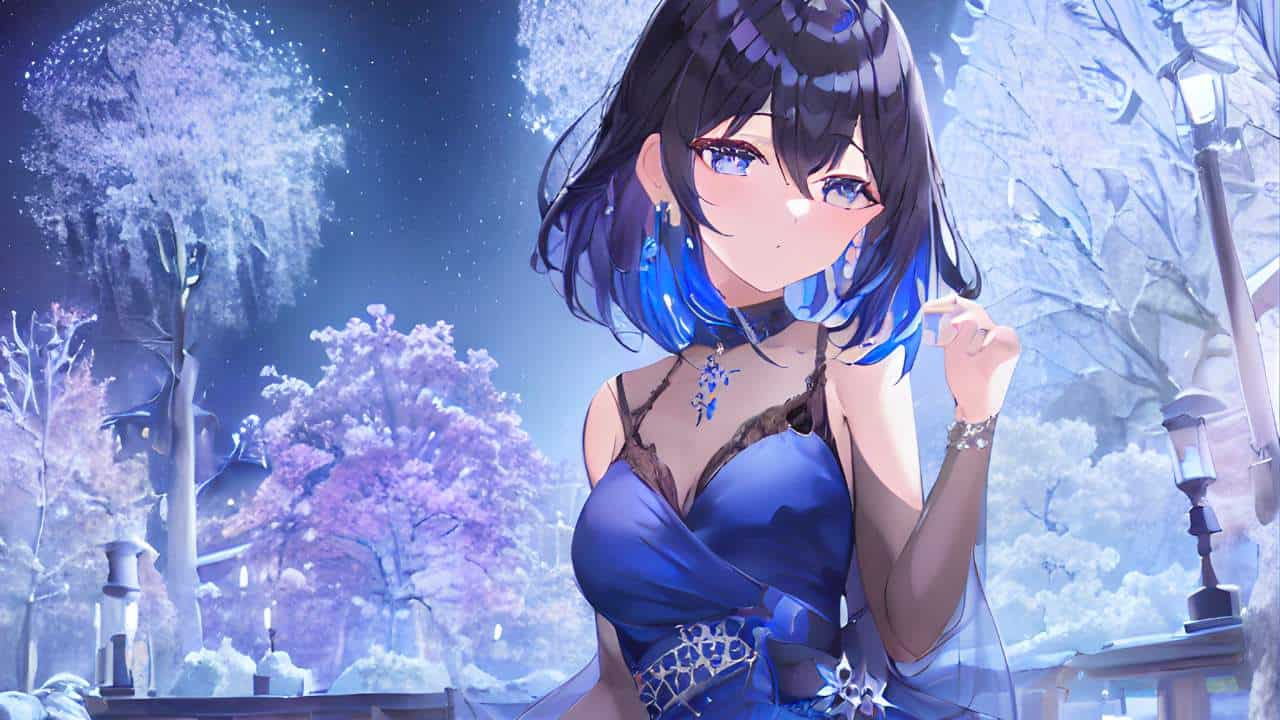
Introduction to AI-generated art
Artificial intelligence (AI) has emerged as a powerful tool for artistic expression, revolutionizing the way we create and appreciate art. AI-generated art represents a fusion of human ingenuity and technological innovation, unlocking new possibilities for creative exploration and experimentation.
The concept of unlocking creativity
At its core, AI art embodies the concept of unlocking creativity, enabling artists to break free from traditional constraints and explore new frontiers of artistic expression. By leveraging AI algorithms, artists can tap into vast reservoirs of data and inspiration, unleashing their imagination in unprecedented ways.
Evolution of AI in art creation
Over the years, AI has undergone a remarkable evolution in its capacity to create AI art free. From generating photorealistic images to composing music, AI algorithms have become increasingly sophisticated in their ability to mimic and even surpass human creativity.
Advantages of AI-generated art
Breaking traditional barriers
One of the most significant advantages of AI-generated art is its ability to break traditional barriers and challenge established norms in the art world. By exploring new styles, techniques, and concepts, AI artists can push the boundaries of what is considered possible in the realm of artistic expression.
Democratizing artistic expression
AI-generated art also has the potential to democratize artistic expression by making art more accessible and inclusive. With the proliferation of AI tools and platforms, aspiring artists from diverse backgrounds can access the tools and resources needed to create and share their artwork with the world.
Enhancing creative exploration
Moreover, AI-generated art enhances creative exploration by providing artists with new tools and techniques to experiment with. Whether through algorithmic painting, generative sculpture, or interactive installations, AI art opens up a world of possibilities for artists to explore and innovate.
Challenges and controversies
However, the rise of AI-generated art is not without its challenges and controversies.
Authenticity and originality
A central concern surrounding AI-generated art is its authenticity and originality. Critics argue that AI artworks lack the emotional depth and human touch that define traditional art forms, raising questions about the true nature of creativity in the age of AI.
Impact on traditional artistic practices
There are also concerns about the impact of AI-generated art on traditional artistic practices and livelihoods. Some fear that AI could disrupt established artistic norms and industries, leading to job displacement and cultural homogenization.
Ethical considerations
Ethical considerations loom large in the realm of AI-generated art, particularly regarding issues of authorship, ownership, and bias. As AI becomes more prevalent in the art world, addressing these ethical concerns will be essential to ensuring responsible and equitable artistic practices.
Acceptance and integration in the art world
Despite these challenges, AI-generated art is gaining acceptance and integration in the art world. Art institutions and galleries are embracing AI as a medium for artistic exploration and experimentation, hosting exhibitions and events that showcase the diversity and innovation of AI-generated artworks.
Notable examples of AI-generated art
From surreal landscapes to abstract compositions, AI-generated art spans a wide spectrum of styles and genres. Notable examples include "Edmond de Belamy" by the art collective Obvious and "Portrait of Edmond de Belamy" by the artist Mario Klingemann, both of which have garnered widespread attention and acclaim.
Criticisms and skepticism
Nevertheless, criticisms and skepticism persist. Some argue that AI-generated art lacks soul and authenticity, while others question its long-term cultural and aesthetic significance. The debate over the role of AI in art continues to evolve, shaping the future of creativity and innovation.
Collaboration between human artists and AI
In this evolving landscape, collaboration between human artists and AI holds immense potential for transformative artistic experiences. By harnessing the complementary strengths of human creativity and AI innovation, artists can push the boundaries of artistic expression and create works that resonate on a deeper level with audiences.
Future prospects and possibilities
Looking ahead, the future of AI-generated art is brimming with possibilities and innovations. As AI technology continues to advance, we can expect to see even greater experimentation and exploration in the realm of art, blurring the lines between human and machine creativity in unprecedented ways.
Conclusion
In conclusion, AI-generated art represents a powerful tool for unlocking creativity and pushing the boundaries of artistic expression. By embracing the potential of AI art, we embark on a journey of discovery and innovation, where the possibilities are endless, and the only limit is our imagination.
|